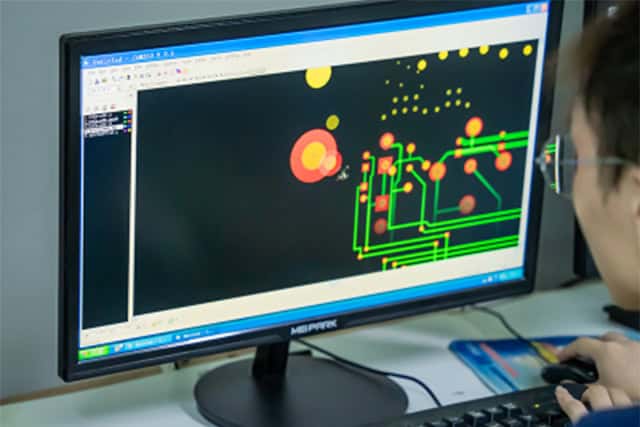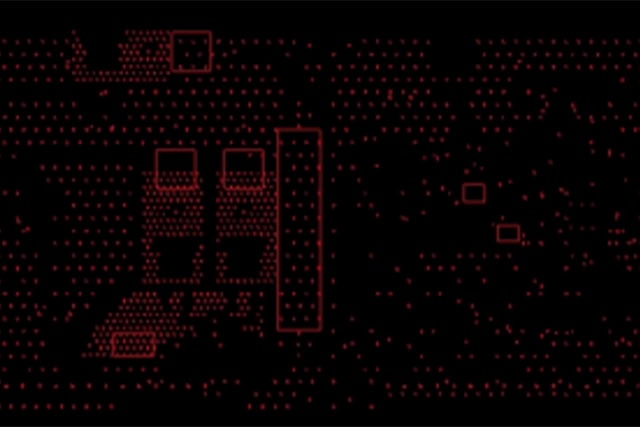Via Covering
Common through-hole covering types
In PCB design, vias are an important part of achieving electrical connections between different layers. According to their functions and manufacturing processes, common through-hole covering types include:
Via cover oil
This type of via covers a layer of solder mask ink on the hole ring to prevent tin from adhering to areas that should not be connected during soldering. This process is mainly used to provide insulation to ensure that there is no short circuit during patch and DIP soldering.
Via opening window
In contrast to via cover oil, the via opening window is processed in a way that the copper surface of the via and its surroundings is exposed. This method helps to improve heat dissipation performance and is suitable for circuit boards that require good heat dissipation, but may increase the risk of short circuits.
Via plug oil
In this process, solder mask ink is filled into the via to prevent tin beads from flowing into the hole during wave soldering and causing short circuits. This method is particularly suitable for high-density interconnect (HDI) circuit boards.
Resin plug hole
The resin plug hole process is to fill the via with epoxy resin, usually after copper plating. This method can enhance the mechanical strength and electrical properties of the pad and is suitable for applications with high requirements for circuit board performance.
Electroplating hole filling
copper is filled into the via through the electroplating process to make the bottom of the via flat, which helps to improve electrical performance and heat dissipation. This method is often used in PCB design for high-frequency signal transmission.




